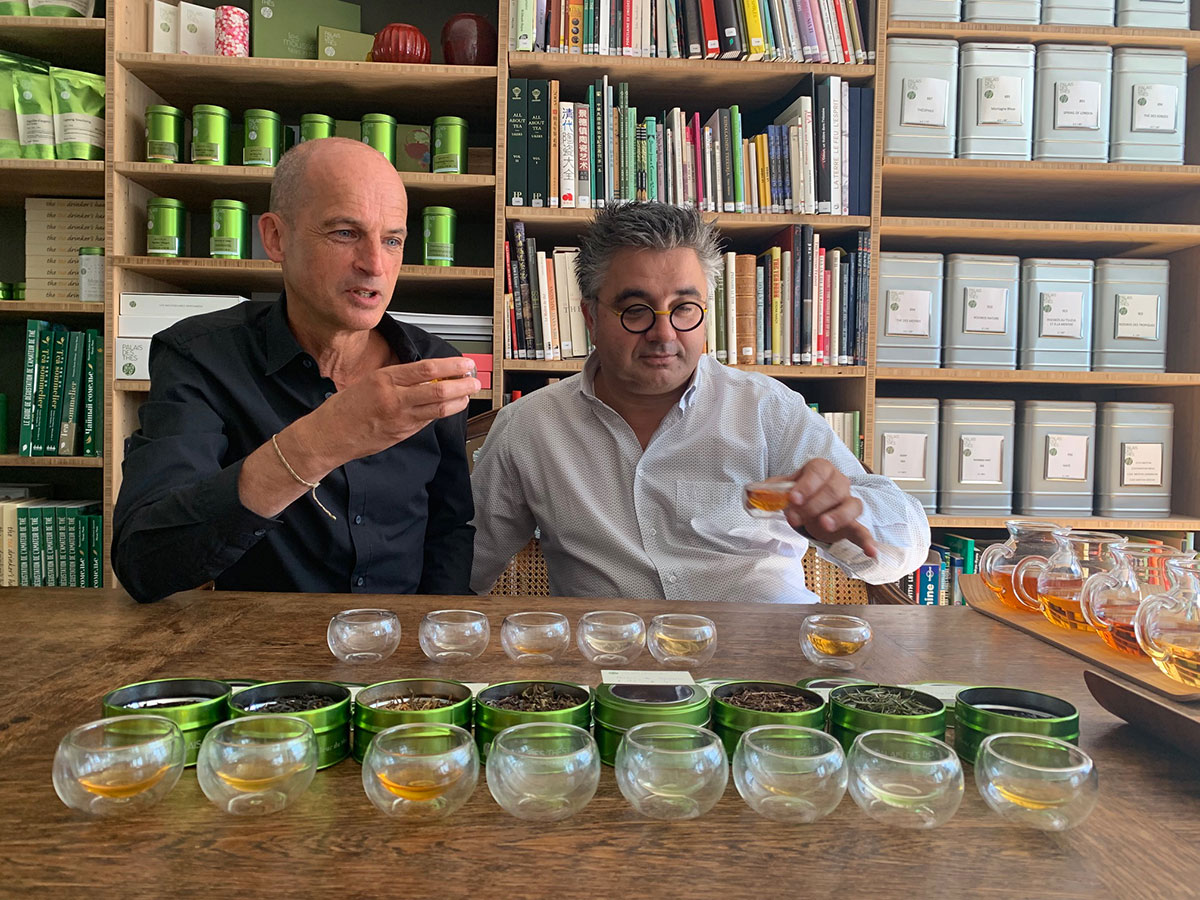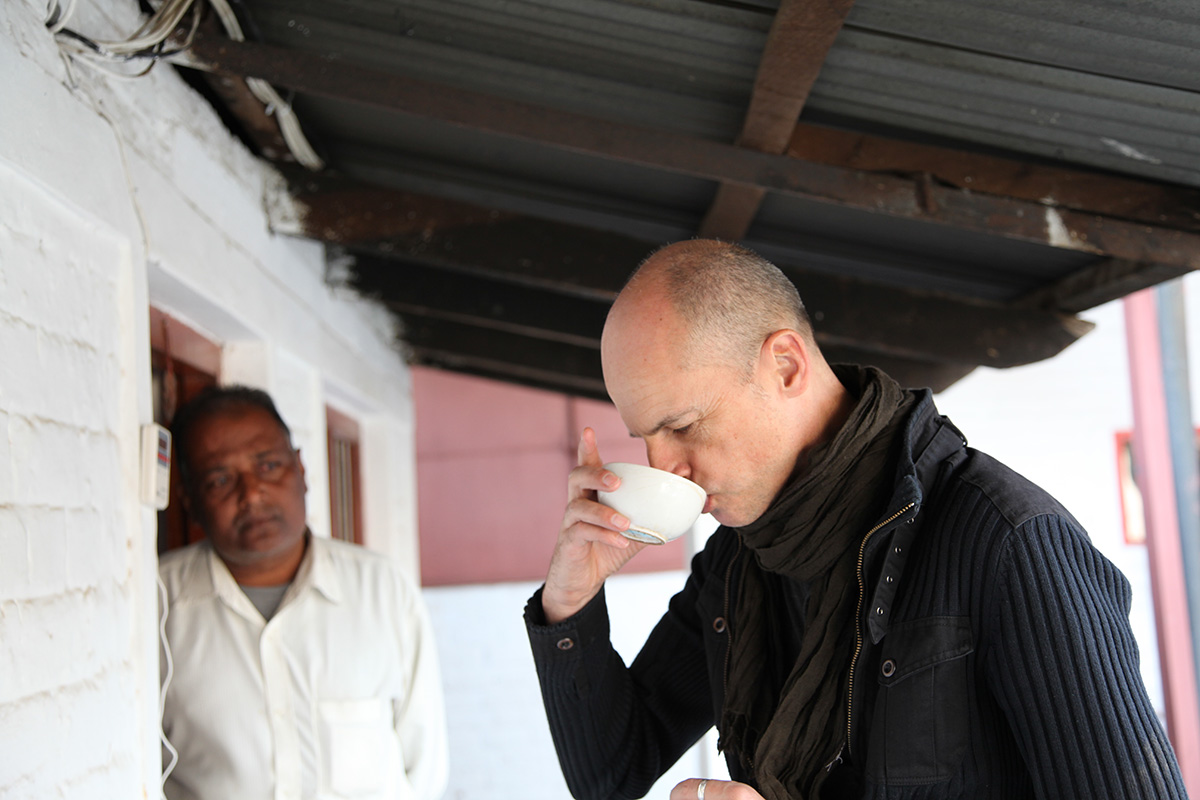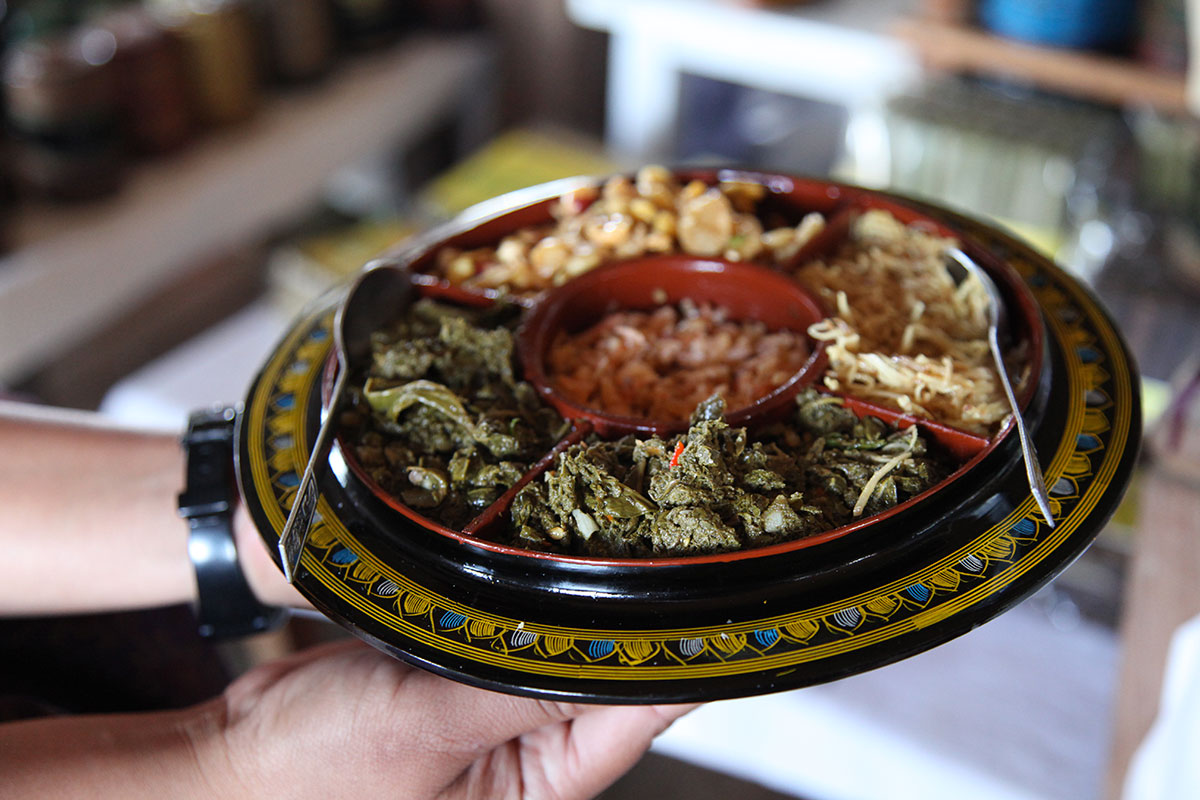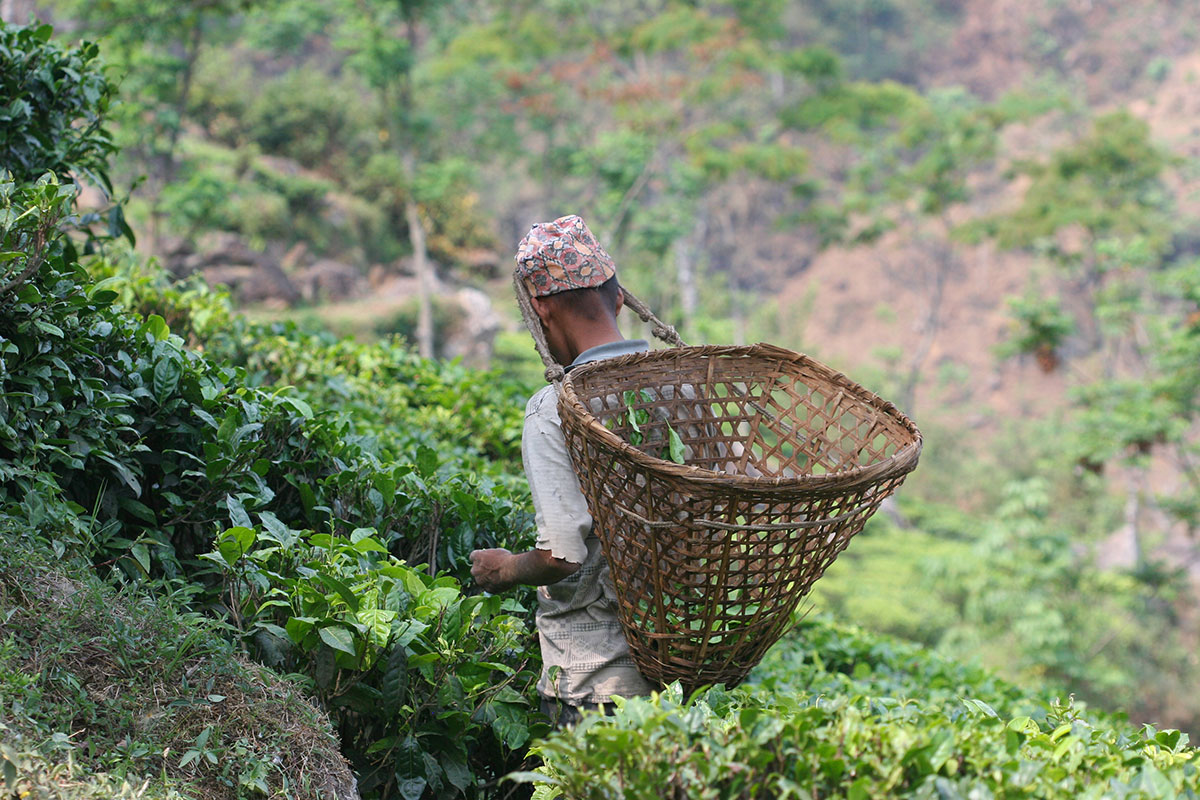Drinking and tasting tea with people who specialise in a different product is fascinating. Whether your work revolves around tea, chocolate, olive oil, wine or any other fine ingredient, the tasting techniques are the same. But the experience differs in that each substance has its own range of aromas, textures and flavours. We’re like musicians who play different parts but all share a love of music.
I was lucky enough to receive a visit from Frédéric Bau. Frédéric is one of the great pastry chefs, as well as the founder of the Valrhona School and the Creative Director of Valrhona. Together, we tasted eight premium teas, infused at room temperature.
It was a wonderful opportunity to share our impressions and talk about our passions.




